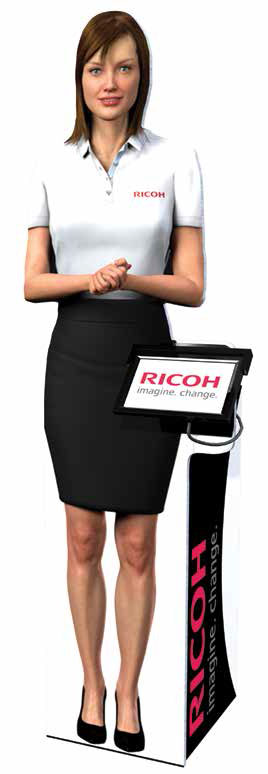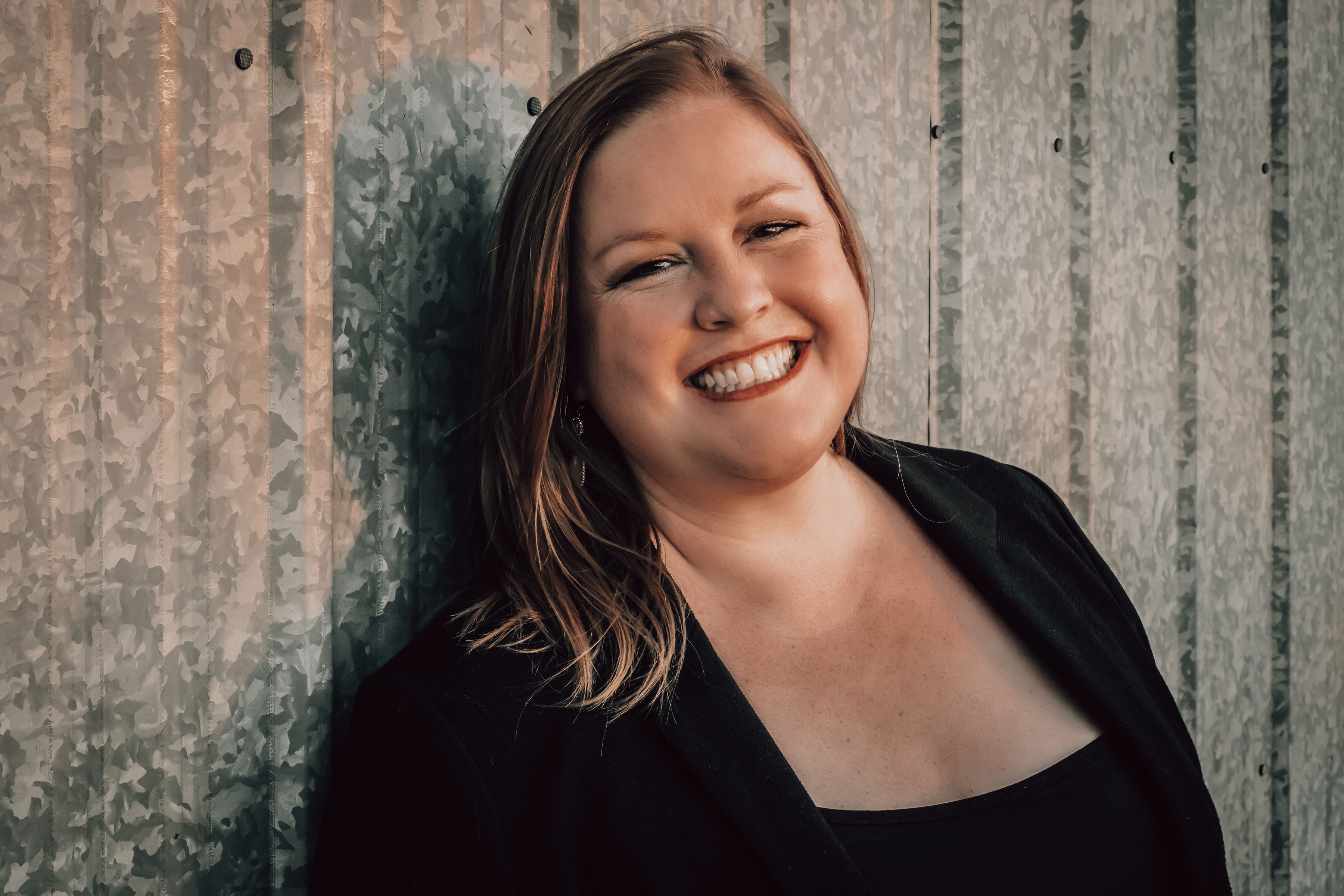As we wrap up 2017, it’s time to get ahead of the game and ask ourselves how we can improve the audiovisual industry in 2018. What trends are we seeing and how can we prepare ourselves for the future of AV?

Open-Source vs. Proprietary
As Sundar Raman, director of creative engineering at Local Projects, said at SCN’s ThinkTank, “Our industry is broken because there isn’t a common language. We don’t talk to each other, even within the industry; there’s no platform. There’s no Wix for AV.”
Installers have spent years trying to solve the conundrum of getting different systems to “talk” to one another. Some manufacturers, like Extron and QSC, are trying to change that.
Programmers in our industry often spend a lot of time learning a propriety development language and are unable to take those skills and apply them to other tasks in the environment, according to Joe da Silva, Extron’s director of product marketing. The industry has started to demand an open-source platform, which is why Extron chose to develop a platform based on Python that served configuration and programming needs. “By choosing Python, we provide programmers a resilient, ever-improving platform that inspires creative design, provides easy implementation, and allows long-term AV system viability,” he said.
Both da Silva and Martin Barbour, product manager, installed systems, QSC, agree that propriety languages have been, and still are, useful; these innovations were critical to the success of the AV industry, allowing integrators to create and implement complicated designs. However, “As the AV industry, and technology in general, has matured, the proliferation of ‘standard’ and ‘open-source’ programming techniques allows our industry to capitalize on a huge rate of advancements taking place in adjacent markets, such as IT,” Barbour stated. “By embracing common programming language, we can attract talent from the broad base of these markets and benefit from modern, scalable technologies.”
With major manufacturers making moves to open source, it’s possible we’ll see a brighter future and open up our industry to a wider variety of professionals, both technical and creative. Raman concluded, “The industry has gone down this path of isolation and project-specific solutions, which I don’t think is necessary, in a weird way, even when we have the richness of the web and the technology. We’ve had this era of people sharing information and building the groundwork, even in our industry, and have been monumental in changing the landscape. But we haven’t seen as much in an overall solution.” The solution, he said, is to band together and figure out to how communicate through a unified platform, and stop delineating.
The Rise of AI
Artificial Intelligence (AI) can terrify you, excite you, or confuse you—but the age of AI is here, so get ready to jump on board.
When most people think of AI, they think of robots, which have a huge place in the future of the AV industry. For example, take a look at the wayfinding robots in Mineta San Jose International Airport (one of SCN’s Installs of the Year). These multilingual robots are stationed at various gates and work to engage, direct, and entertain travelers.

Ricoh’s Virtual Self-Service Hologram.
Early in 2017, Ricoh USA announced its Virtual Self-Service Hologram. This state-of-the-art virtual presenter aims to improve brand experiences by automatically and intelligently delivering targeted messages anywhere, anytime, and in any language. The company has seen its AI “hologram” used as a multilingual receptionist, tradeshow product specialist, and virtual concierge. The product even leverages PRSONAS technology to track engagement information and provide analytics.
But what about sound? How does that fit into the picture? Sound just may be the unsung hero of AI, liberating our fingers from buttons and our eyes from the screen. Because of that, voice control is most useful in five general scenarios, said Kevin Brown, solutions manager, hospitality and large venues, Harman Professional Solutions. Those five scenarios are:
- * Busy Hands
- * Busy Eyes
- * Motor Impairment
- * Visual Impairment
- * Desire for Convenience (also known as laziness)
User beware, Brown cautioned: “It’s best to view voice control as a powerful supplement—not a replacement—to traditional human interfaces in a control system. Imagine relying exclusively on voice commands to edit a song in pro audio. I shudder at the thought.”
When we’re talking AI and sound, we can’t forget our friends Alexa, Cortana, and Siri. Many are concerned with the thought of these tools “always listening” and the invasion of privacy. Are our top-secret conversations being overheard in the boardroom? #AVTweeps rejoice—Brown says we need not worry. “There is a critical distinction between ‘always listening’ and ‘always transmitting.’ The more accurate phrase [in this scenario] is ‘always listening but only sometimes transmitting.’ Any well-designed smart speaker will have a ‘mic mute’ button and indicator, which is always useful during sensitive conversations.”
For the vast majority, smart speakers are acceptably secure, but, “For those who don’t trust the hardware design or the AI service, the only logical conclusion is to avoid using smart speakers and also smartphones, which pose the same theoretical privacy risks,” Brown concluded.
The UX
2017 was definitely the year of user experience, and this trend will continue to be talked about in 2018.
“So far, we have been talking about how to get people to go and touch stuff, and the reaction time it takes to touch a button or a buzzer takes away from the experience,” Raman said. “We have this great opportunity where everything around us goes ‘Okay, I know what you want and I’m going to get it for you in the time that you need it.’ That’s what we should be doing with these spaces.”
And taking a new perspective on these spaces is exactly what the industry needs. In fact, it’s a major catalyst behind one of the year’s biggest stories—InfoComm rebranding itself as AVIXA.
The association is focused on elevating the “perceived value of implemented audiovisual technology in providing for exceptional experiences,” said Dave Labuskes, AVIXA’s CEO. Labuskes is working diligently to create that perception. He has been on the road nonstop, speaking outside the box at non-AV conferences and making end users understand that investing in audiovisual solutions has a bottom-line benefit.
The UX, which was almost an afterthought, is now at the heart of the industry. In fact, the user experience has become the centerpiece of each system VCA, number 15 on SCN’s list, designs and integrates, according Lindsey Adler, the company’s director of marketing.
“It has even impacted VCA’s internal processes. We’ve invested a great deal this year on creating a better customer experience, and we intend to continue those efforts as we head into 2018,” Adler concluded.
Focus on the user experience doesn’t just lie with the end user. Manufacturers are working hard to create smooth experiences for installers and integrators alike. Chris Fitzsimmons, product manager, Biamp Systems, said that “Biamp is committed to creating efficiencies, and thus takes the time to create a market leading user experiences.” The company’s TesiraLUX offers a holistic ecosystem for networked audio and video. This innovation gets integrators up and running in configuring a network audio and video “quickly and simply.”
Convergence of AV and IT
Is it still AV versus IT? Or is it the convergence of AV and IT?
Make no mistake: “AV is not the IT industry,” stated Labuskes. But that doesn’t mean there’s not a place for IT in our industry; we should welcome IT professionals with open arms and view them as partners rather than the enemy. “We need to recognize that IT holds the keys to the infrastructure where AV systems will be based,” said Barbour.
And those systems are all about the technology, which is where we should put our focus, according to da Silva. “Decision makers want to know more about the APIs, analytics, managing devices, and user experiences,” he said. “There will always be AV experts, but many products continue to require the input, implementation, and policy skills found in IT. Also, it is impossible to consider the application of traditional AV technology without first appreciating that the management of these devices has long since moved under the IT umbrella. It’s about technology—pure and simple.”
Along those lines, don’t forget that IT professionals have a different knowledge base than our audiovisual skill sets, which means they have a different vernacular. “We have to deal with so many experts nowadays—video experts, sound experts, IT personnel—and, more importantly, we have to deal with the communication between these people, and that’s the most difficult part,” said Gisela Torino, CTS-I, CQT, CQD, systems engineer at Audio Visual Resources. “Our industry requires clear communication and not trying to make something sound more complicated than it is.”
Making things understandable for all involved is crucial because we’re not just creating AV systems anymore. “Systems have to communicate with scheduling, building-wide facilities maintenance, CODEC, VoIP, and much more,” Torino continued. “Everything is on the house network, but the AV network, which is separate, still has to be able to communicate properly.”
Bring on 2018
So, what do all these trends mean for the future? It means we’re going to have a really fun 2018. The industry is at a crossroads with welcoming new groups into our gang, which means they’ll be new people to meet, new technologies to learn, and fresh topics to discuss. I, for one, can’t wait to see what next year brings.
Megan A. Dutta puts her passion for the audiovisual industry on the pages as editor of SCN. She can be reached on Twitter @MeganADutta.

